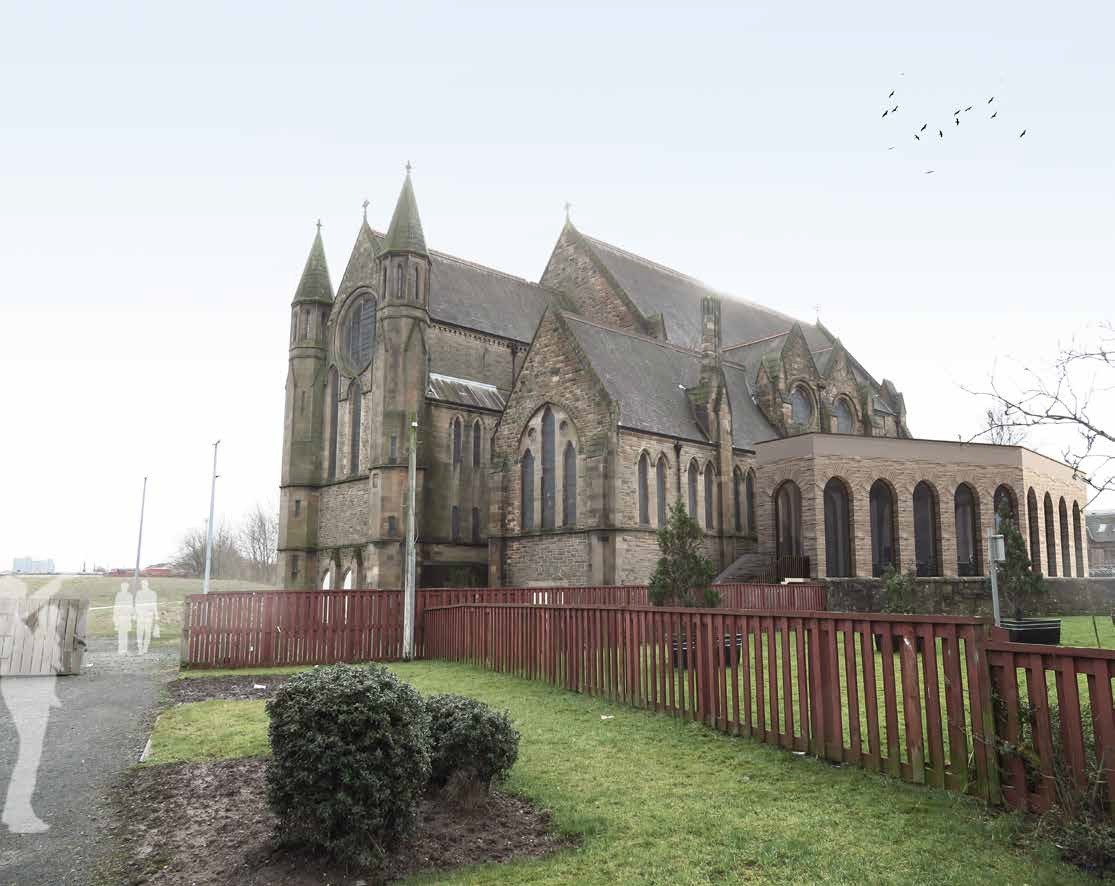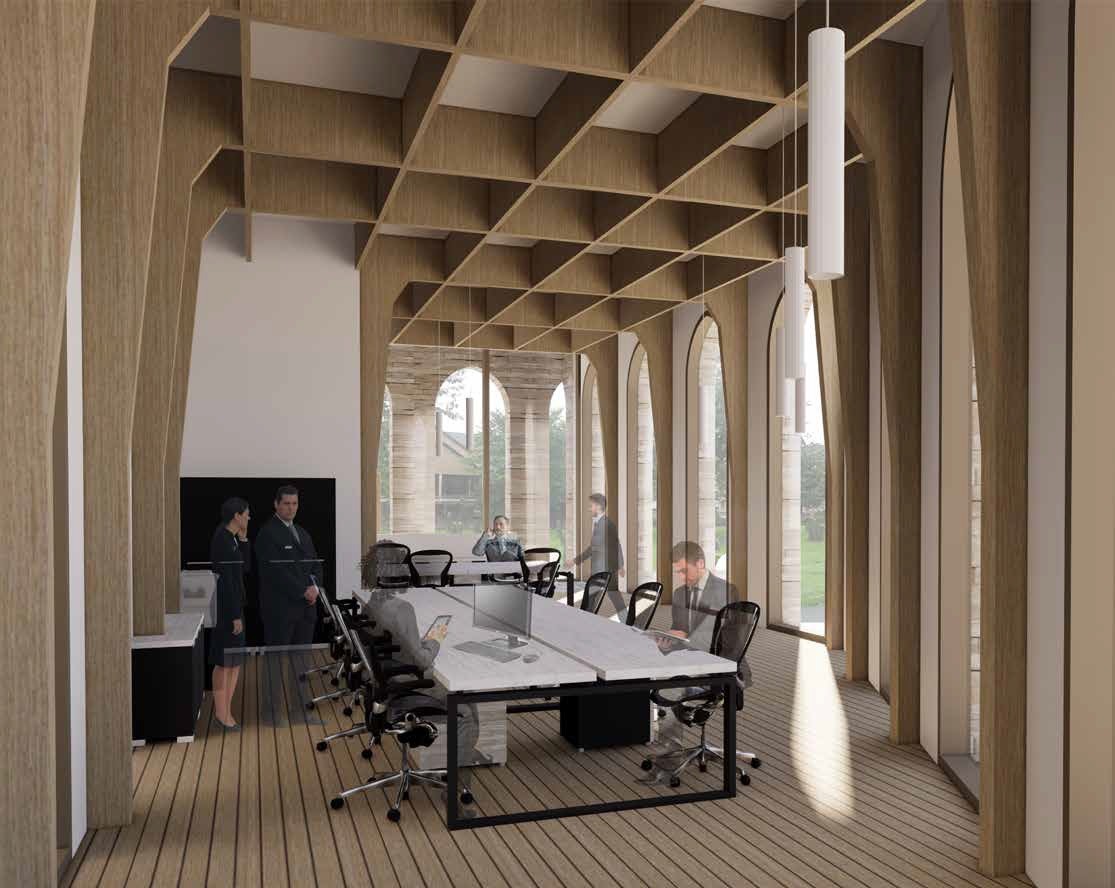Green light for Govan Old Church extension and events venue plan
A project to extend the Govan Old Church to utilise the A-listed building as an events venue and public space has been granted planning permission by Glasgow City Council.
About this development:
- Authority:Glasgow City
- Type:Commercial
- Applications:
- Team:JM Architects (architect)

Plans lodged by JM Architects envisaged the provision of office space, a toilet and a lift, which will allow the main church building to function as a venue for events such as weddings, concerts and other gatherings.
Others phases of the development include a low-lying new-build studio to the north, internal refurbishment of lower ground floor office space in the main church building, landscaping of the grounds and restoration of the main building.
The plan has been brought forward by Govan Heritage Trust which was formed in January 2015 to save the former church and, within its walls, the Govan Stones, one of Europe’s finest collections of Medieval sculpture.
Both faced uncertain futures when the closure of the church building was announced.
Glasgow planners stated: “It is considered that the extension would appear visually discreet and subservient, being pulled back from the main church facade, allowing the existing church building to be read as the dominant architectural form on the site, and the main entrance to the church to be read as the clear point of entry. Upon approach, the extension would not obscure any of the existing building.
“Taking into account the positive effects the proposed alterations will have on the use of the building, it is considered that these have been sensitively designed and will not adversely affect the character and appearance of the listed building or its setting within the Govan Conservation Area.”
A document submitted with the planning application stated: “The extension to the main church building is envisioned as a ‘cloister’ — an enclosed space with an arcade around its perimeter, formed from hewn stone, which will be both sympathetic to the adjacent church whilst clearly distinguishing it as a modern intervention.”

It continued: “It is intended that the office space will be future-proofed to allow for this space to become a cafe to service the main church building (which will itself eventually be realised as a visitor experience for the Govan Stones as well as a venue for events) should the business plan for the overall development require it.
“As such, the proposals should be viewed as a piece of a much wider strategy which will see the area around Govan Old transformed with the extension providing flexibility to cater for the evolution of the site.”
The document stated: “With the construction of the pedestrian foot bridge, Govan Old would lie at the end of what might be seen as a ‘circuit of culture’, extending into Glasgow’s West End along the Kelvin Walkway.
“Along this route lie the Riverside Museum, Kelvin Hall and Kelvingrove Museum, with several of Glasgow’s other key cultural amenities, including the Hunterian Museum and Glasgow University, also being within walking distance.
“With Glasgow City Council proposing to extend the Kelvin Walkway to the Clyde, Govan Old would also benefit from lying at the effective end of the Kelvin Walkway.
“As such, the site presents the opportunity to add to and consolidate a cluster of cultural institutions whilst also providing a hub for visitors from which to explore these amenities and the wider Govan area.”























